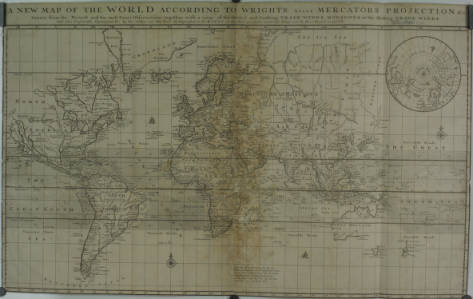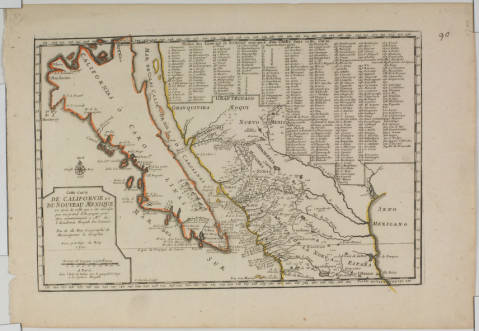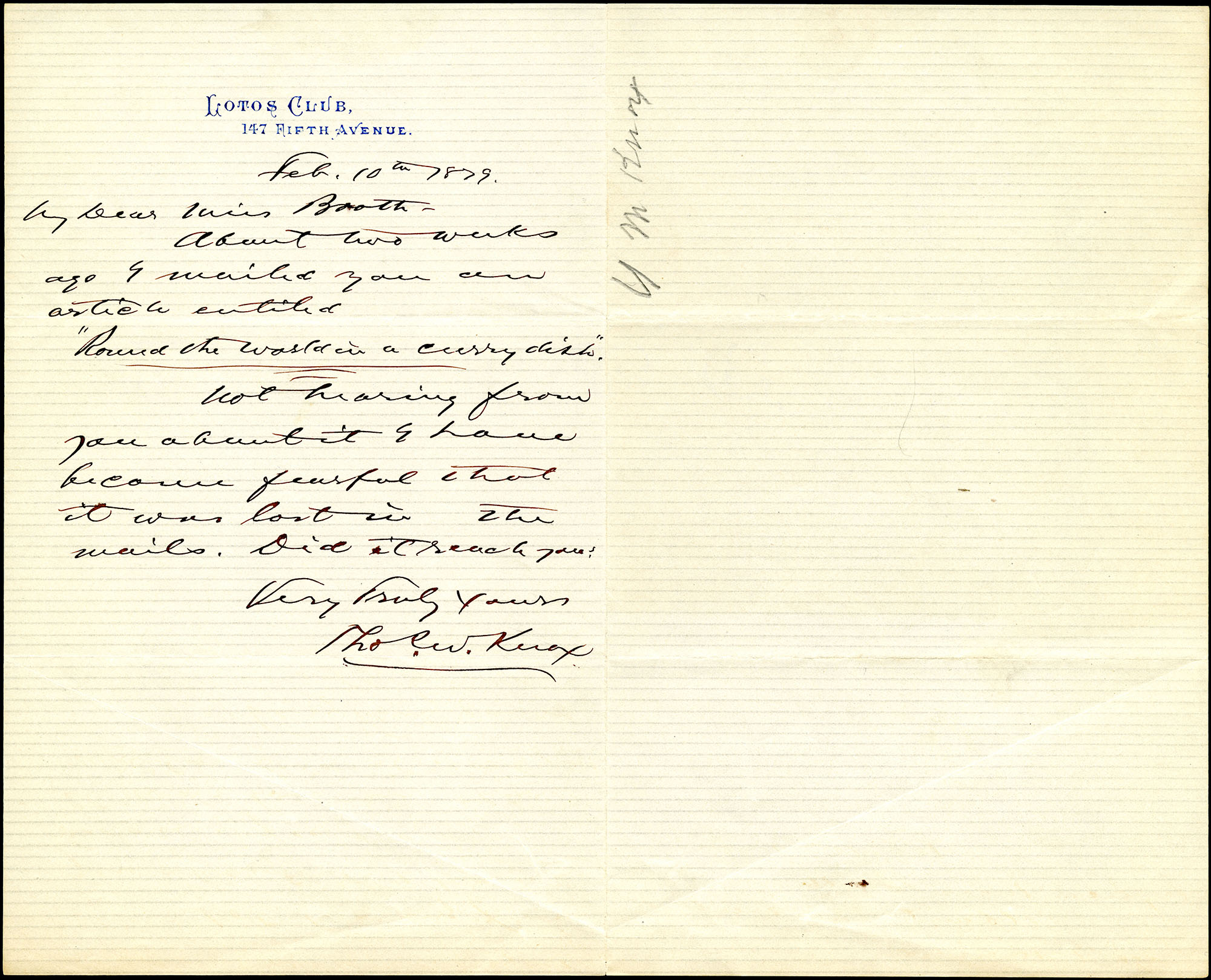Published texts have been embellished by their owners in many different ways: for example, beautiful leather and gilt bindings or fore-edge paintings. New in Special Collections, Facing the Text: Extra-Illustration, Print Culture, and Society in Britain 1769-1840 by Lucy Peltz discusses another method of embellishment, known as extra-illustration.

Peltz, Lucy. Facing the Text: Extra-Illustration, Print Culture, and Society in Britain 1769-1840. San Marino, California: Huntington Library, Art Collections, and Botanical Gardens, [2017]. Z1023 P45 2017
From Folgerpedia: “Extra-illustrated books are published texts that have been made into a unique copy by a former owner through the permanent addition of prints, autographs, letters, etc. Typically, the additions are mounted on additional leaves, and the book is rebound to accommodate its increased thickness.”
Popular in the late 18th and 19th centuries, extra-illustration is sometimes known as grangerizing, named for James Granger who published Biographical History of England in 1769, which identified and encouraged the collection of portrait prints. Many who owned that work inserted their printed portraits into the text. Shakespeare and the Bible were popular texts for extra-illustration, as were books describing travel. Not infrequently an extra-illustrated text, disbound and rebound to accommodate both text and illustrations, grew well beyond its original size.

Facing the Text begins with a description of the 45-volume extra-illustrated Bible known as the Bowyer Bible, in Bolton Central Library, UK. The Huntington Library owns a 60-volume extra-illustrated Bible known as the Kitto Bible. The Folger’s 21-volume extra-illustrated Dyce-Hoe Shakespeare was originally a six-volume set. In Facing the Text Peltz discusses the characters and the culture that popularized extra-illustration and the significance of the practice in the history of the book.
Among the examples of extra-illustrated books in Special Collections are three from the Philbrick Collection.




A Walk from London to Fulham (images above), by Crofton Crocker, published in 1882, was originally a small pocket book. The extra-illustrated copy (DA683 .C76 1882) has been disbound and its pages and extra-illustrations beautifully mounted on larger pages rebound into a handsome, hefty volume.


The Book of the Princes of Waleshttps://ccl.on.worldcat.org/oclc/5385583 (images above), vols. 1-2, by Dr. Doran, published in 1860, was also a small book. The extra-illustrated copy (DA28.3 .D67 1860) was disbound, and several pages together were inserted throughout a larger volume of mounted illustrations.

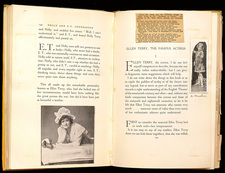
Special Collections’ extra-illustrated copy of Ellen Terry and Her Secret Self (PN2598.T47 C73), by Edward Gordon Craig, copyright 1931, has not been disbound. Instead portraits, notes, articles, and a variety of other extras have been added throughout the text.

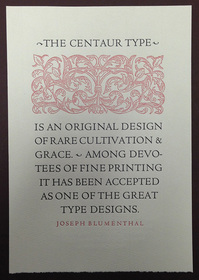 :
:







